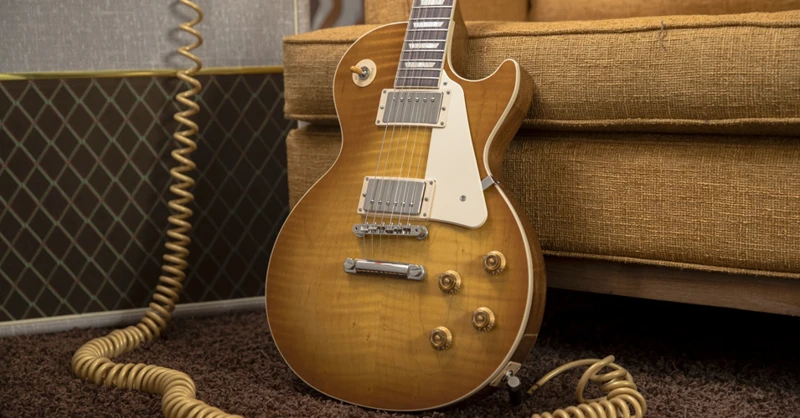The Les Paul guitar is a legendary instrument, known for its rich, resonant sound and versatile tone. For country music players, a Les Paul can provide the perfect platform for creating authentic, twangy sounds that harken back to the genre’s roots. In this article, we’ll explore the dream Les Paul guitar for country music, covering everything from the ideal specifications to the top brands and models on the market today.
The Ideal Les Paul for Country Music
When it comes to choosing a Les Paul for country music, there are a few key factors to consider. First and foremost, you’ll want a guitar with a bright, punchy tone that can cut through the mix and provide plenty of twang. This typically means looking for a Les Paul with a maple top and a bright, snappy pickup configuration. You’ll also want a guitar that’s comfortable to play, with a slim, fast neck and a lightweight body that won’t wear you down during long gigs or recording sessions.
Top Brands and Models
When it comes to Les Pauls for country music, there are a few brands and models that stand out from the crowd. Here are some of the top options to consider:
Gibson Les Paul Standard
The Gibson Les Paul Standard is one of the most iconic and respected guitars in the world, and for good reason. With its classic mahogany body and maple top, the Standard provides a rich, resonant tone that’s perfect for country music. The guitar’s Burstbucker pickups offer a bright, punchy sound that’s ideal for creating authentic twang, while the fast, slim neck makes it easy to play even the most complex solos and licks.
Epiphone Les Paul Studio
For players on a budget, the Epiphone Les Paul Studio is a great option. This guitar offers many of the same features as the Gibson Les Paul Standard, including a maple top and a fast, slim neck. However, it’s made with more affordable materials and comes in at a fraction of the price. The Studio’s Alnico Classic humbucker pickups provide a warm, rich tone that’s perfect for country music, while the lightweight body makes it easy to play for hours on end.
PRS SE Custom 24
While not a true Les Paul, the PRS SE Custom 24 is a guitar that’s worth considering for country music players. This guitar features a maple top and a mahogany body, just like a Les Paul, and its 24-fret neck provides plenty of room for soloing and improvisation. The SE Custom 24’s PRS-designed humbucker pickups offer a bright, punchy sound that’s perfect for country music, while the guitar’s lightweight body and comfortable neck make it a joy to play.
Customizing Your Les Paul for Country Music
Of course, the perfect Les Paul for country music may not exist right out of the box. That’s where customization comes in. By making a few simple modifications to your Les Paul, you can create a guitar that’s tailored to your specific needs and preferences.
One of the easiest ways to customize your Les Paul for country music is to swap out the pickups. While the stock pickups on many Les Pauls are great for rock and blues, they may not provide the bright, twangy sound that’s ideal for country music. By installing a set of single-coil pickups, or even a set of P-90s, you can create a guitar that’s perfect for creating authentic country tones.
Another option for customizing your Les Paul for country music is to install a Bigsby tremolo system. This type of tremolo provides a smooth, subtle vibrato effect that’s perfect for adding a touch of twang to your playing. Plus, it looks great and adds a touch of vintage charm to your guitar.
Are you a fan of Les Paul guitars and country music? Explore the rich history and sounds of Les Paul electric guitars in country music with articles on Les Paul electric guitar influences in country music, Les Paul country guitar sounds, Les Paul innovations in country music, and learn about the legendary Tommy Emmanuel’s fingerstyle country guitar playing.
Conclusion
When it comes to choosing a Les Paul for country music, there are many great options to consider. Whether you go with a classic Gibson Les Paul Standard, an affordable Epiphone Les Paul Studio, or a versatile PRS SE Custom 24, you’re sure to find a guitar that provides the bright, punchy tone and comfortable playability you need to create authentic country music. And with a few simple customizations, you can create a dream Les Paul that’s tailored to your specific needs and preferences.



